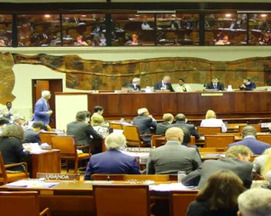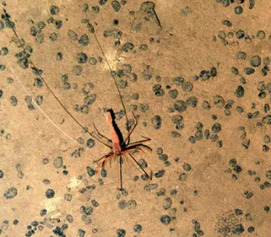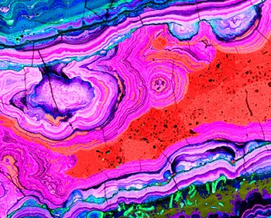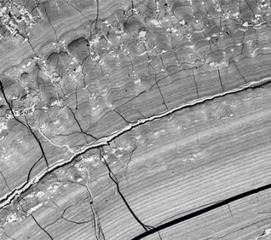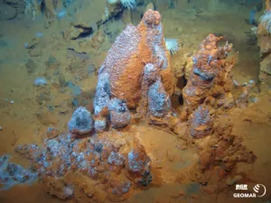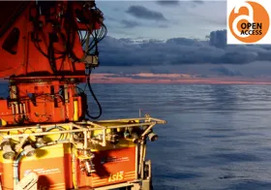Deep-Sea Mining: International Regulatory Challenges and Responses
Deep-sea mining presents complex regulatory challenges due to its multi-faceted political, economic, technological, scientific, environmental, social, industrial and legal aspects. These must all be sensitively addressed to achieve a commercially viable and socially responsible industry. Furthermore, these aspects are either governed by, or must take into account, the burgeoning regulatory regime promulgated by the International Seabed Authority. This paper addresses the regulatory challenges associated with the three types of deep-ocean mineral deposits of greatest interest to the deep-sea mining industry: polymetallic nodules, ferromanganese crusts, and polymetallic sulfides. We review current resource interest, the international regulatory context, selected regulatory challenges, and the International Seabed Authority’s innovative responses to selected issues.
Deep-Sea Mining: International Regulatory Challenges and Responses Read More »


